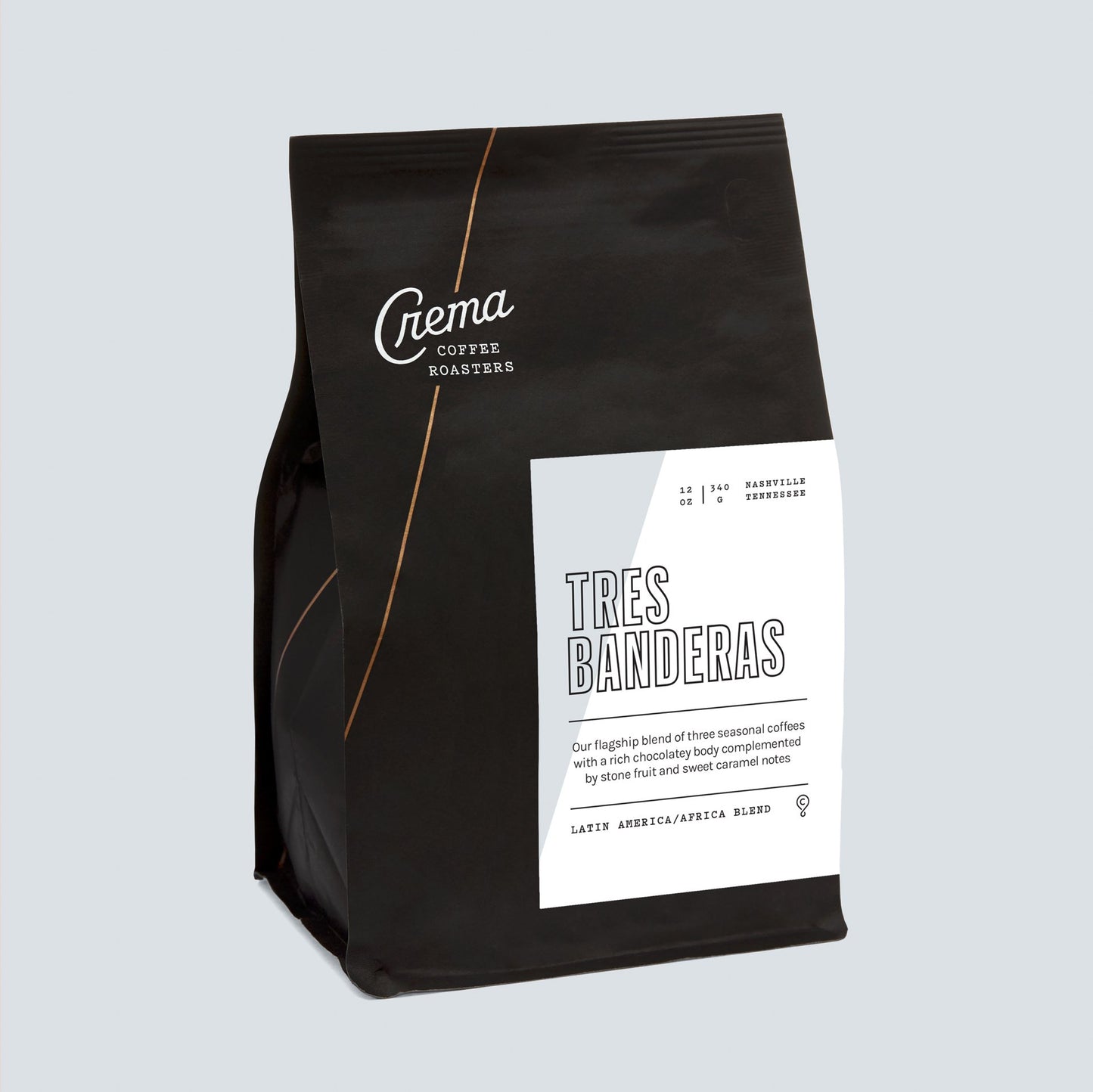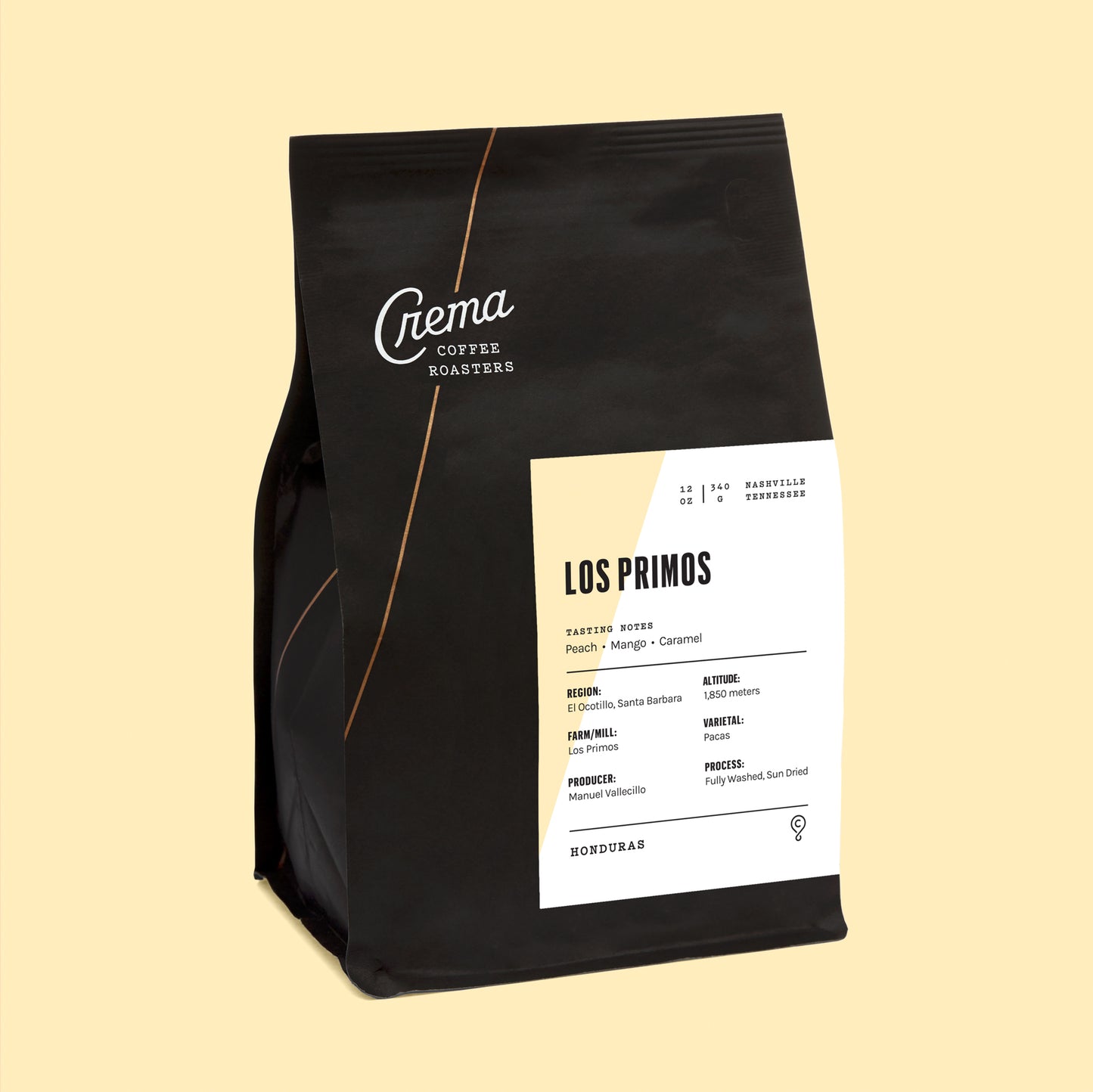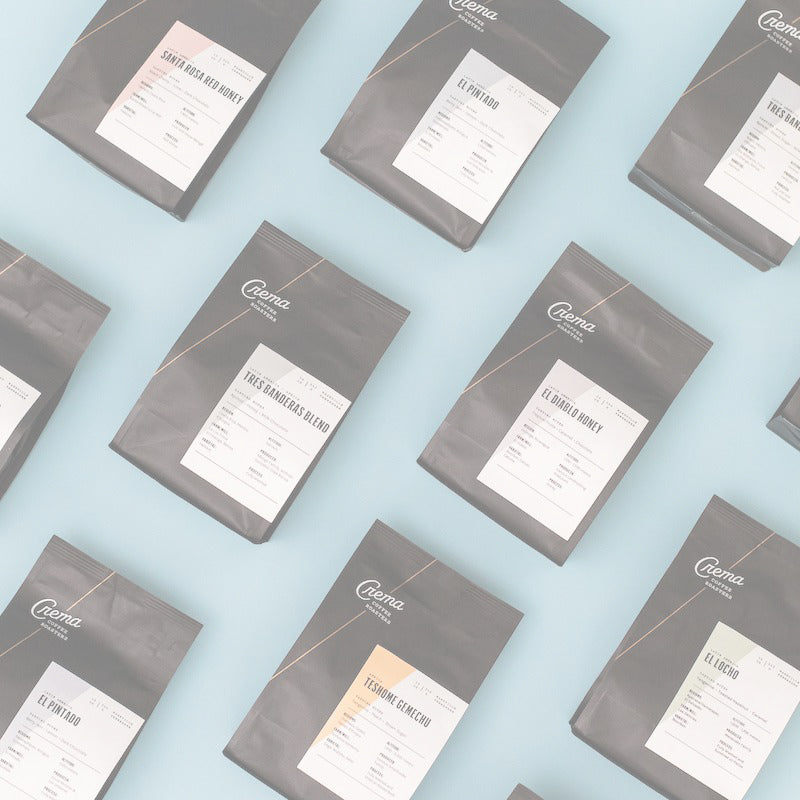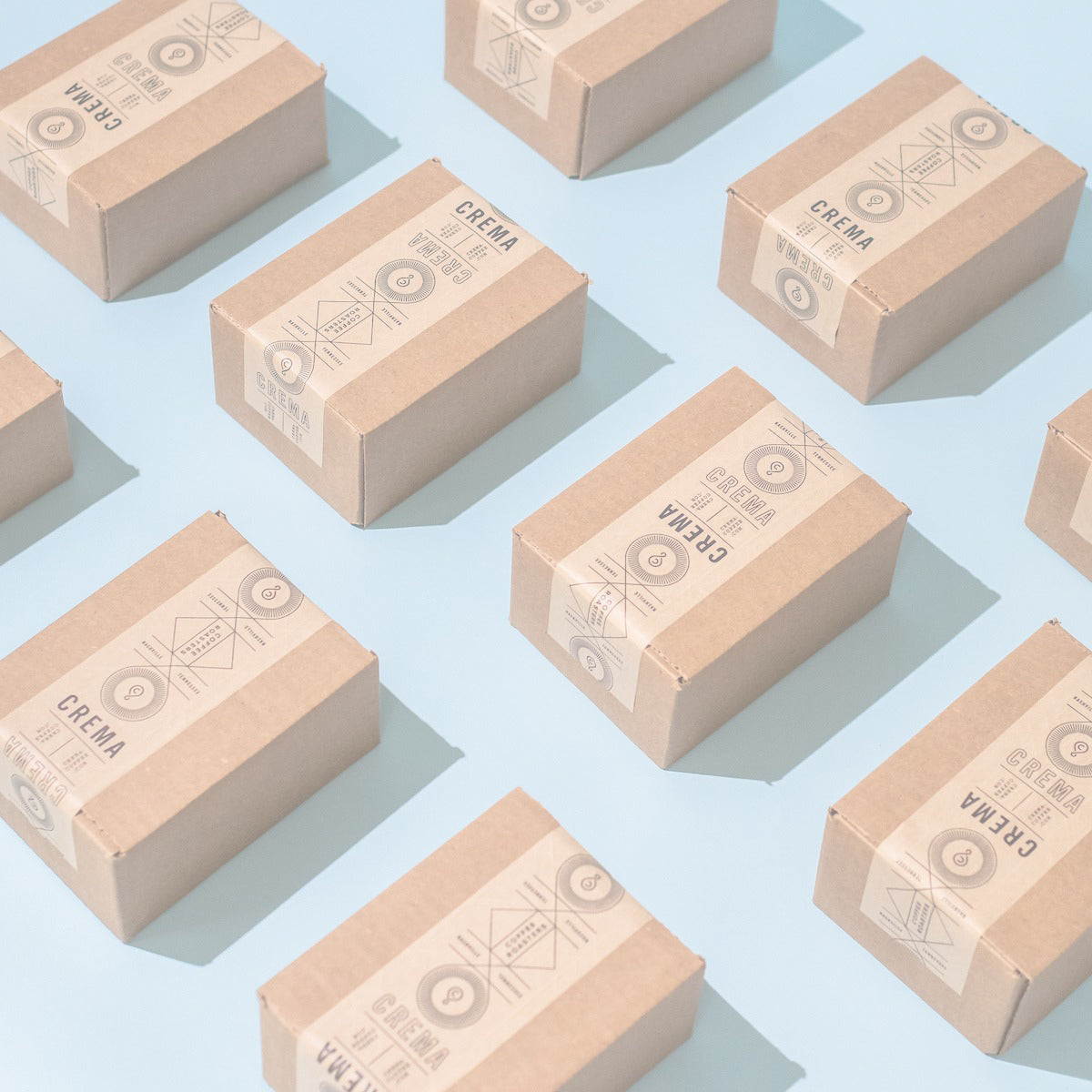DECAF: DEBUNKED
We’ve got a secret: we love decaf coffee. (Ok, so maybe it’s not exactly a secret and we certainly don’t intend to keep it one!)
Decaf coffee is often viewed as caffeinated coffee’s slightly worse relative that’s usually just there for those times when you physically can’t handle any more caffeine. But, regardless of the reason you may reach for a cup of decaf, we’re here to tell you that it doesn’t have to taste bland, bitter and lifeless.
There’s a better way to decaffeinate coffee, and it involves just a bit of science that we’ll break down with some easy-to-understand illustrations. But, first, let’s review some basic information about decaffeinating coffee.
There’s two main ways to remove the caffeine from coffee:
Water plus a carbon filter (Swiss Water Process)
Water plus a solvent (ethyl acetate [yay!] or methyl chloride [not so yay])
Our Staycation Decaf is processed with water and ethyl acetate (E.A. for short) as a solvent, so that’s the method we’ll be focusing on here. E.A. is used in specialty coffee decaffeination because it’s a naturally occurring and friendly little compound. It’s found in bananas and is a byproduct of fermenting sugar (think: overripe fruits). For the purposes of commercial decaffeination process, E.A. is formed by combining ethanol (an alcohol derived from sugarcane) and acetic acid (white vinegar).
We love this decaffeination process because E.A. reintroduces some of the sweetness that is often lost when the caffeine is extracted from the coffee beans. It enhances the sweet fruit flavors already present in the beans making E.A.-processed decaf taste like, well, not decaf!
To make this decaffeination process a bit more approachable, we had our very own Abby Clark break down the process into the cutest illustrations. Scroll though the images below to instantly upgrade your decaf knowledge.







← Older post Newer post →









